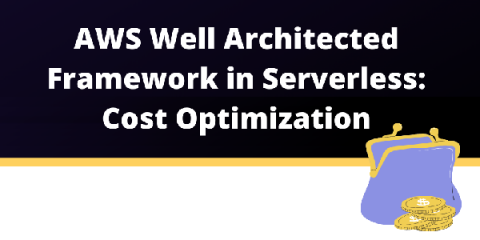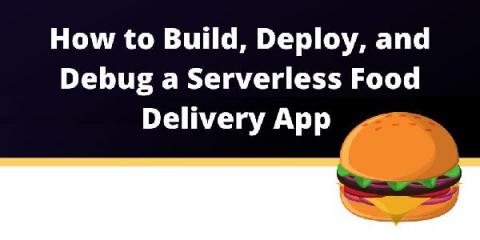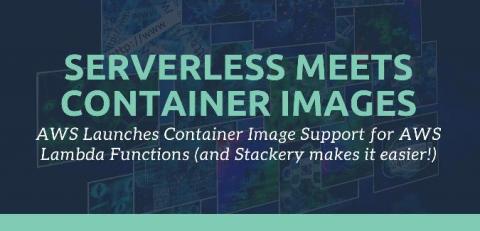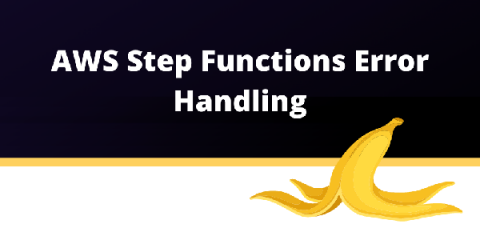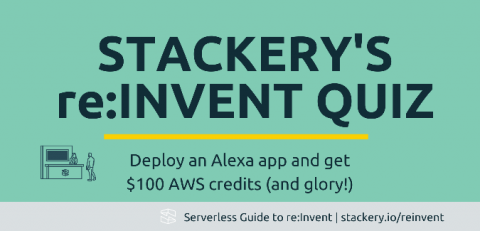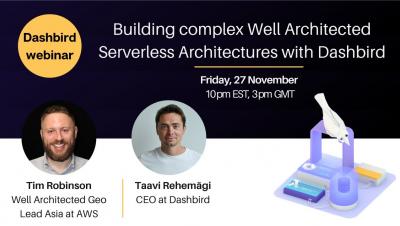re:Invent 2020 week 1: The Year of Serverless
The first keynote is over, the talks have started, and the AWS Heroes all got to feel motion-sick but appreciated in their AWS-supplied VR helmets. Good one Tom Here are my week 1 thoughts: Throughout the keynote it was clear that serverless is here to stay. One detail stood out to me above all others: Nearly half of all new compute workloads in Amazon in 2020 were Lambda based. During Andy Jassy’s keynote, a veritable wall of major customers that use Lambda.



